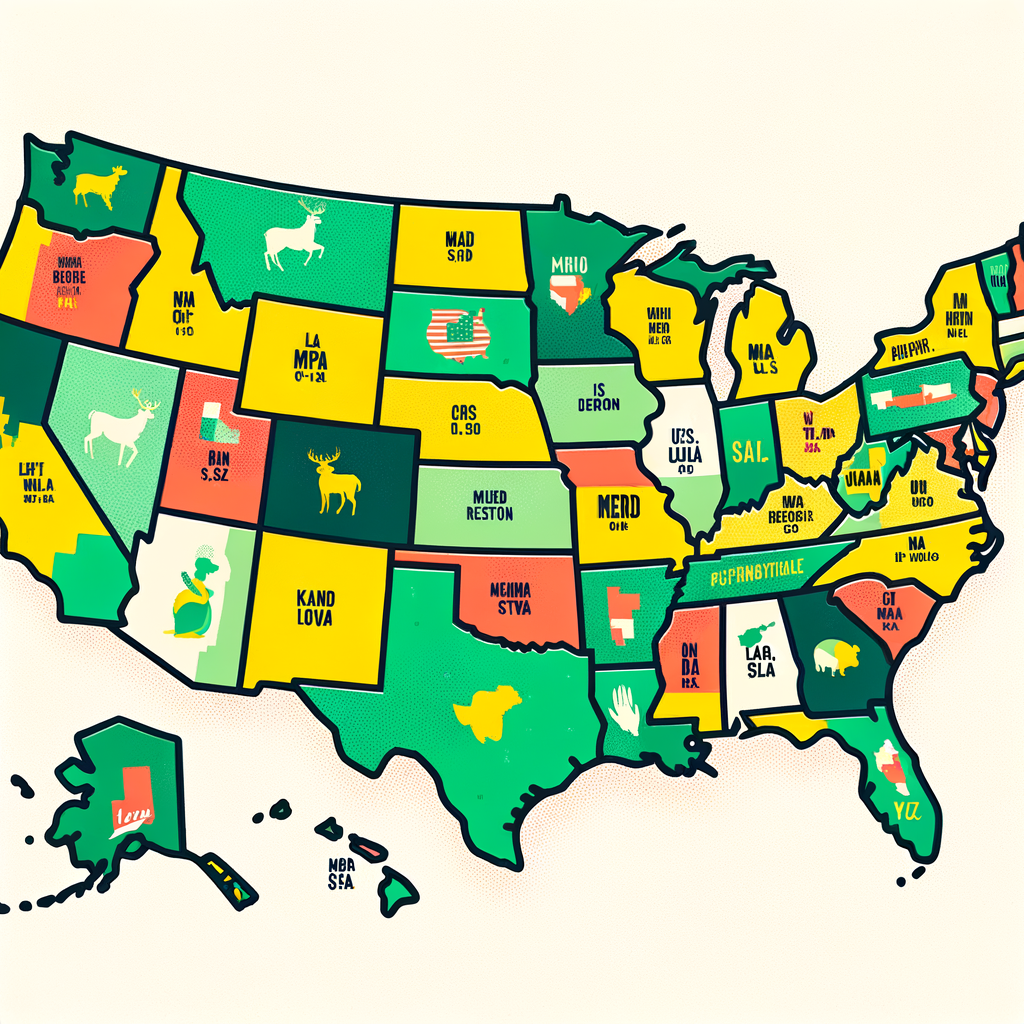Physical Address
304 North Cardinal St.
Dorchester Center, MA 02124
Physical Address
304 North Cardinal St.
Dorchester Center, MA 02124


Abortion rights in the United States are a complex and contentious issue, with laws varying significantly from state to state. This article aims to provide a comprehensive overview of the current legal landscape, helping you understand your rights and the restrictions that may apply in your state.
Before delving into state-specific laws, it’s crucial to understand the federal framework that governs abortion rights in the U.S. The landmark Supreme Court case Roe v. Wade in 1973 established a constitutional right to privacy, which was interpreted to include a woman’s decision to have an abortion. However, this right is not absolute and must be balanced against the state’s interests in protecting women’s health and the potential life of the fetus.
In 1992, the Supreme Court case Planned Parenthood v. Casey reaffirmed the right to abortion but allowed states to impose restrictions as long as they do not place an “undue burden” on women seeking an abortion. An undue burden is defined as a “substantial obstacle in the path of a woman seeking an abortion before the fetus attains viability.”
While the federal law provides a broad framework, the specifics of abortion rights are largely determined at the state level. Here’s a breakdown of some of the key restrictions that states have imposed:
Some states require a waiting period between the time a woman seeks an abortion and when the procedure can be performed. For example, in Missouri, women must wait 72 hours after receiving counseling before they can have an abortion.
Many states require parental involvement in a minor’s decision to have an abortion. In some states, like Mississippi and North Dakota, both parents must give consent before an abortion can be performed on a minor.
Several states have laws that prohibit abortions after a certain point in pregnancy, usually tied to the concept of fetal viability. For instance, in Alabama and Georgia, abortions are banned once the fetus is considered viable, unless the woman’s life is at risk or the fetus has a lethal anomaly.
Some states have restrictions on the methods of abortion that can be used. In Kansas and Oklahoma, for instance, the use of dilation and evacuation (D&E), a common second-trimester abortion method, is banned.
Public funding for abortions is limited and varies by state. While some states like California and New York provide state-funded abortions for low-income women, others only fund abortions in cases of life endangerment, rape, or incest.
The recent Texas Heartbeat Act, which bans most abortions after about six weeks of pregnancy, represents a significant shift in abortion laws. The law allows private citizens to sue anyone who performs or aids and abets an abortion, effectively bypassing the constitutional right to an abortion established by Roe v. Wade.
Given the complexity and variability of abortion laws, it’s essential to know your rights in your specific state. Organizations like the Guttmacher Institute and the Center for Reproductive Rights provide up-to-date information on state abortion laws. Additionally, local Planned Parenthood clinics can provide guidance and resources.
Abortion rights in the U.S. are a complex interplay of federal and state laws. While the right to an abortion is federally protected, states have significant leeway to impose restrictions, leading to a patchwork of laws across the country. Recent developments, like the Texas Heartbeat Act, have further complicated the landscape. As such, it’s crucial to stay informed about the laws in your state and to seek guidance from trusted sources if you’re considering an abortion.